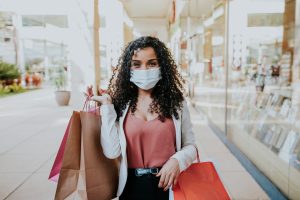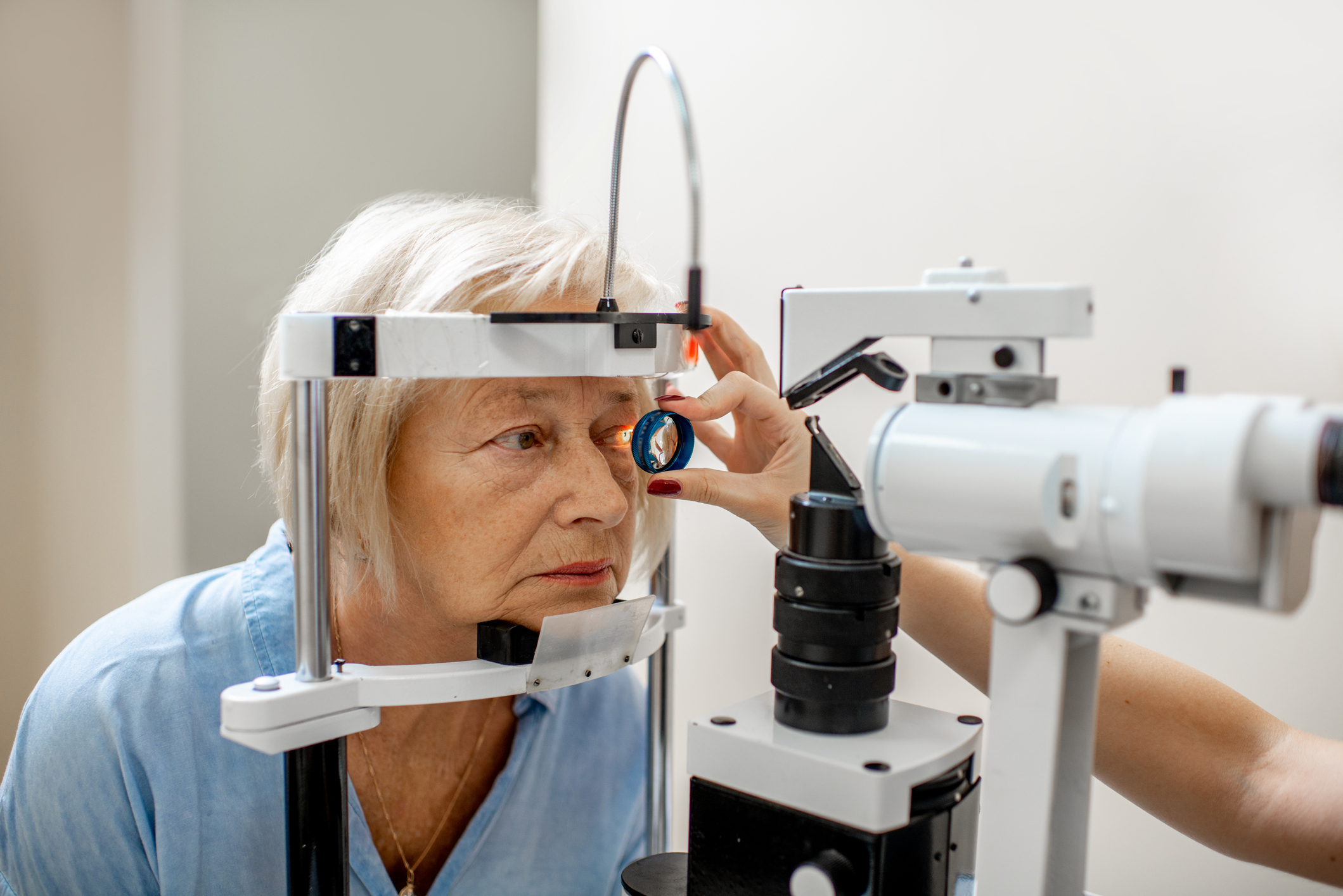2020 has been a year where we have altered so many aspects of our daily lives. With the arrival of the holiday season, it only makes sense that we will also be forced to change the way we do our holiday shopping.
Normally, during this time of year, malls would be packed as shoppers seek the perfect holiday gifts for their loved ones. Unfortunately, the COVID-19 pandemic has affected our ability (or comfort level) to go to conventional brick-and-mortar stores.
To help you prepare for a very different holiday shopping season, Flushing Hospital is offering the following safety tips:
- Shop from home – Recent studies have indicated that nearly half of Americans plan to complete most of their holiday shopping online this year. If you plan to do this, please keep in mind that this uptick in online shopping could mean inventory shortages and shipping delays, so it is recommended to start early.
- Look at alternative types of gifts – There has never been a time when do-it-yourself gifts are more appropriate. In addition to helping you avoid going to stores, they are also fun gifts to receive because they are thoughtful and made with love. If you are not that crafty, you should consider other gift options, such as gift cards, streaming service subscriptions, meal kits or boxes, or even making a charitable donation on behalf of the gift recipient.
- Start early – Some gifts however might be best purchased in person. If you plan on going to the mall, try to start your shopping early before the holiday rush. Many stores have not waited for “Black Friday” to begin their holiday sales, so it is easier to find bargains now and avoid last-second craziness. Also try to shop at non-peak times such as early in the day or during the week to avoid the crowds.
- Support local businesses – If possible, try to shop locally and support some of the smaller businesses in your community. These “mom and pop” stores could benefit from your support and they may also be a safer option than some of the larger, more crowded stores.
- Understand the new reality – Many stores have put into place shopping restrictions and regulations for the safety of their employees and customers. This may include limiting the number of shoppers allowed into the store at one time. Some stores are even creating shopping appointments for their customers. While these regulations might prolong your shopping experience, they are intended for your protection so please exercise patience.
As with every other aspect of life, when shopping, it is extremely important to follow all safety measures when shopping. This includes wearing a mask at all times and practicing proper hand washing and social distancing rules to limit your chances of contracting COVID or any other transmittable disease.
All content of this newsletter is intended for general information purposes only and is not intended or implied to be a substitute for professional medical advice, diagnosis or treatment. Please consult a medical professional before adopting any of the suggestions on this page. You must never disregard professional medical advice or delay seeking medical treatment based upon any content of this newsletter. PROMPTLY CONSULT YOUR PHYSICIAN OR CALL 911 IF YOU BELIEVE YOU HAVE A MEDICAL EMERGENCY.











